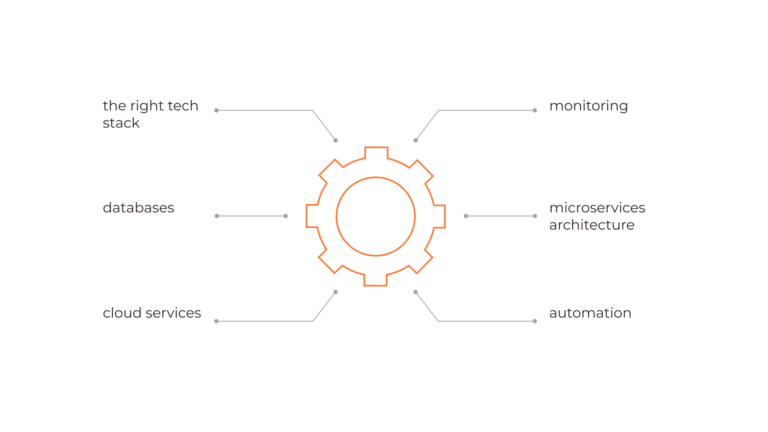When manual processes can no longer keep pace with business growth, technical debt accumulates quickly. This was the reality facing a Los Angeles-based event booking platform that connects people for meaningful social interactions.
Despite steady growth to $2.2 million in annual revenue and 180,000 monthly visitors, the platform was struggling with a concerning 55% bounce rate.
Their user base showed a distinct geographical distribution, with 57% of visitors coming from Australia and 22% from the United States. That alone created unique performance and reliability challenges across different regions.
In this case study, you’ll find out how we helped the company transformed their rigid, manually-configured AWS environment into a streamlined, code-defined infrastructure.
Manual infrastructure and scaling difficulties
The company’s infrastructure had become a bottleneck rather than an enabler. Their development environment bore little resemblance to production, with everything manually configured through the AWS console.
This setup lacked a crucial intermediary: a staging environment for rigorous testing of new features. This discrepancy created a cycle of unexpected issues when code moved to production, further impacting the already high bounce rate and potentially limiting growth in key markets.
Mindset shift: recognizing the value of stagingHere, the first mindset shift occurred. Developing a staging environment (a replica of the production environment) wasn’t a luxury but a necessity. It allowed the business to test new features and changes rigorously before reaching end-users.
Legacy resources
Over time, some infrastructure resources became outdated and irreplaceable, causing operational inefficiencies and bottlenecks. Attempting to upgrade these resources proved challenging.
Mindset shift: embracing infrastructure as code (IaaC)
The second shift involved adopting Terraform, a tool for automating infrastructure provisioning. Terraform allowed for quick and scalable changes, eliminating the need for manual intervention and transforming the way the company managed its infrastructure.
Development stage: embracing Terraform for success
Step 1. Initial progress
In just two months, Setronica DevOps team brought all microservices infrastructure to life, consisting of 40 applications in ECS containers and 35 Lambda functions. However, some applications faced issues due to hardcoded configurations.
Step 2. Implementing Terraform
Over the next four months, we prepared Terraform code and configuration files to create an identical staging environment. This was the pivotal step in our journey.
Step 3. Collaborative efforts
For several more months, we worked closely with Terraform experts to resolve issues and ensure a smooth transition.
Mindset shift: taking ownership
They also initiated the shift towards ownership. While Terraform experts were always available for support, the company’s team began making minor code adjustments themselves.
Step 4. Continuous improvement
Even after the project’s completion, we had several discussions to reinforce the IaaC concept. We also provided the client with a list of recommendations for further improvements.
Tech stack
Here’s what we used to make the optimization possible:

Results: quality and stability gains
The infrastructure transformation delivered significant improvements:
- Development quality: With staging matching production, developers could confidently test new features in realistic conditions.
- Deployment speed: New service deployment time dropped from days to approximately 15 minutes.
- System stability: Production system stability increased as more issues were caught in staging before affecting users.
- Operational efficiency: Infrastructure scaling now happens through configuration file updates rather than manual processes.
This transformation changed how the platform builds and delivers its services. With development now mirroring production, the team can confidently release new features that work properly the first time.
Is your organization struggling with similar infrastructure challenges? Setronica’s DevOps team specializes in transforming manual processes into automated, code-defined systems that save time and reduce errors.
Contact Setronica today to discuss how we can help modernize your infrastructure and accelerate your development workflow.
Chapters
- Manual infrastructure and scaling difficulties
- Development stage: embracing Terraform for success
- Tech stack
- Results: quality and stability gains